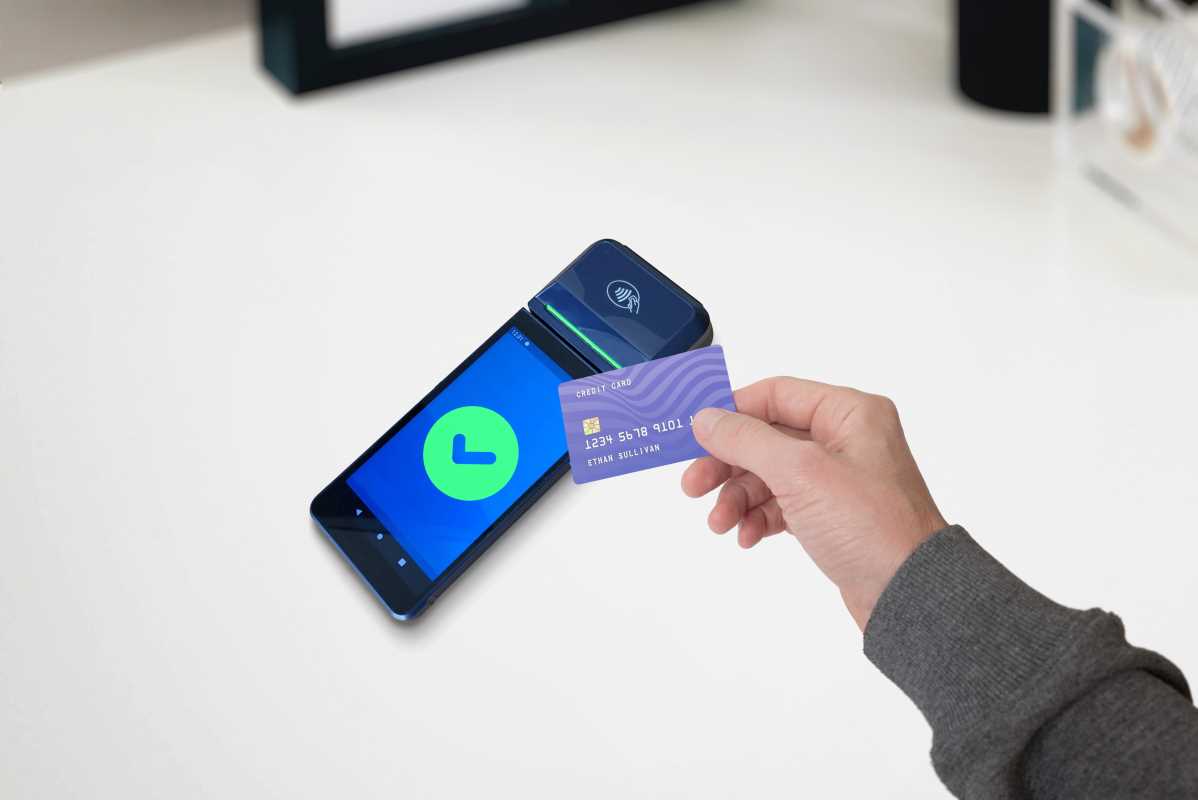Creative professionals balance the demands of developing briefs and responding to client input, yet the monthly responsibility of sending invoices can feel overwhelming. Overlooking a deadline or losing track of a rate sheet sometimes causes payment delays that disrupt important projects. With a system that generates recurring invoices automatically, teams gain back valuable hours that would otherwise go to managing paperwork. This shift allows more focus on building mood boards, exploring new concepts, and delivering exceptional work, all while enjoying the peace of mind that comes with consistent, timely billing.
Why Streamlined Invoicing Shapes Studio Growth
Picture a designer wrapping up a branding gig late on a Friday. Instead of logging into an outdated spreadsheet, the studio’s cloud tool automatically sends an invoice to the client. The founder wraps up the week feeling on top of things, not scrambling for bank statements.
Another founder notices fewer overdue payments and can predict revenue three months ahead. That clarity sparks a new marketing push because they know exactly when money will arrive in the account. These scenes help studios shift from firefighting to planning creative expansions.
Key Elements of a Cloud-Based Invoicing Workflow
- Account Setup
- Sign up for a platform (e.g., FreshBooks, QuickBooks Online).
- Create business profile, add client contacts, set payment terms.
- Cost: Plans start around $15/month.
- Insider tip: Use a custom invoice template that matches your brand palette.
- Recurring Template
- Set up recurring invoices with defined frequency.
- Add due-date reminders and late-fee conditions.
- Best practice: Include 3 reminders—one week before, on the due date, and one week after.
- Insider tip: Add a short “thank you” in reminders to maintain a friendly tone.
- Payment Gateways
- Link Stripe, PayPal, or similar processors.
- Fees: ~2.9% + $0.30 per transaction.
- Insider tip: Enable automatic currency conversion for international clients.
- Client Portal
- Allow clients to view invoices and payments in one dashboard.
- Reduces support requests.
- Insider tip: Customize the welcome message with guidance for first-time users.
- Mobile Notifications
- Enable push/email alerts for invoice sent and payment received.
- Insider tip: Create a shared inbox label to auto-route notifications to your finance lead.
Hands-On Setup: Automating Your First Recurring Invoice
- Define Billing Cycle
- Steps:
- Decide if billing is weekly, monthly, or quarterly.
- Open billing settings → select “Recurring.”
- Choose frequency and review the draft invoice.
- Cost: Included in standard plan.
- Insider tip: Match billing cycle to deliverable dates for clear alignment between work and payment.
- Steps:
- Create Line Items
- Steps:
- Break down services (design time, revisions, stock licenses).
- Enter descriptions, hourly rates or flat fees.
- Assign internal project codes.
- Select tax rate if applicable.
- Cost metric: Tracks revenue per category.
- Insider tip: Use consistent codes across clients for easier reporting.
- Steps:
- Set Automated Reminders
- Steps:
- Go to “Reminders” in settings.
- Add reminder intervals (e.g., 3 days before, on due date, 2 days overdue).
- Write concise, polite messages.
- Availability: Standard in most cloud invoicing plans.
- Insider tip: Phrase reminders as project completion notices to soften tone.
- Steps:
- Test with a Sandbox Client
- Steps:
- Add a secondary test account or colleague email.
- Assign a dummy job and schedule invoice.
- Confirm invoice delivery, payment link, and reminder triggers.
- Cost: Zero if using a free trial.
- Insider tip: Use your personal email under “client” to spot formatting issues.
- Steps:
- Review and Activate
- Steps:
- Open dashboard → find scheduled invoice.
- Switch from “Draft” to “Active.”
- Verify date in recurring invoice calendar.
- Availability: Instant in most platforms.
- Insider tip: Flag first live invoice in your calendar for manual review.
- Steps:
Integrations and Time-Saving Hacks
You can connect your invoicing tool to project-management software like Trello or communication platforms such as Slack. For instance, when a Trello card moves to “Approved,” you can trigger your invoicing system via automation services. Or embed a simple payment button in your Slack channel for instant client access. To make the flow even smoother, automate invoice reminders so that every overdue invoice generates a friendly notification without you lifting a finger.
Integrations help reduce manual copying of client details and minimize data-entry errors. Once you set them up, you will rarely need to open the invoicing dashboard again, freeing up your time to sketch new logos or prototype web pages.
Maintaining Accuracy and Compliance
- Tax Code Mapping: Assign tax rates to each line item according to local regulations. Regularly review your rate tables and update them for any government changes. Insider tip: Keep a changelog spreadsheet alongside your invoicing tool to track rate updates by month.
- Audit Trail: Enable detailed logging in your platform so you can trace every invoice edit. Export audit logs quarterly for your accountant. Insider tip: Set up a rule to email yourself a PDF backup each month.
- Client Record Updates: Schedule a monthly review of client contact info and payment terms. Update addresses, billing contacts, and VAT or GST identifiers. Insider tip: Set a calendar reminder for the first business day of each month to handle any client changes.
Advanced Tips for Growing Automation
- Dynamic Pricing Rules: Use conditional logic to apply different rates when project hours exceed a certain threshold. For example, set a 10% discount automatically after 20 hours. Insider tip: Pilot this rule with one client to observe its impact on revenue.
- Multi-Currency Routing: Use a banking extension that directs payments into the correct currency account. Link your invoicing system so it invoices in euros for European clients and dollars for US clients. Insider tip: Compare conversion rates weekly and adjust your pricing tiers accordingly.
Automated cloud invoicing removes manual hassles, ensures steady cash flow, and frees up time for creative work while billing runs smoothly in the background.
 (Image via
(Image via





